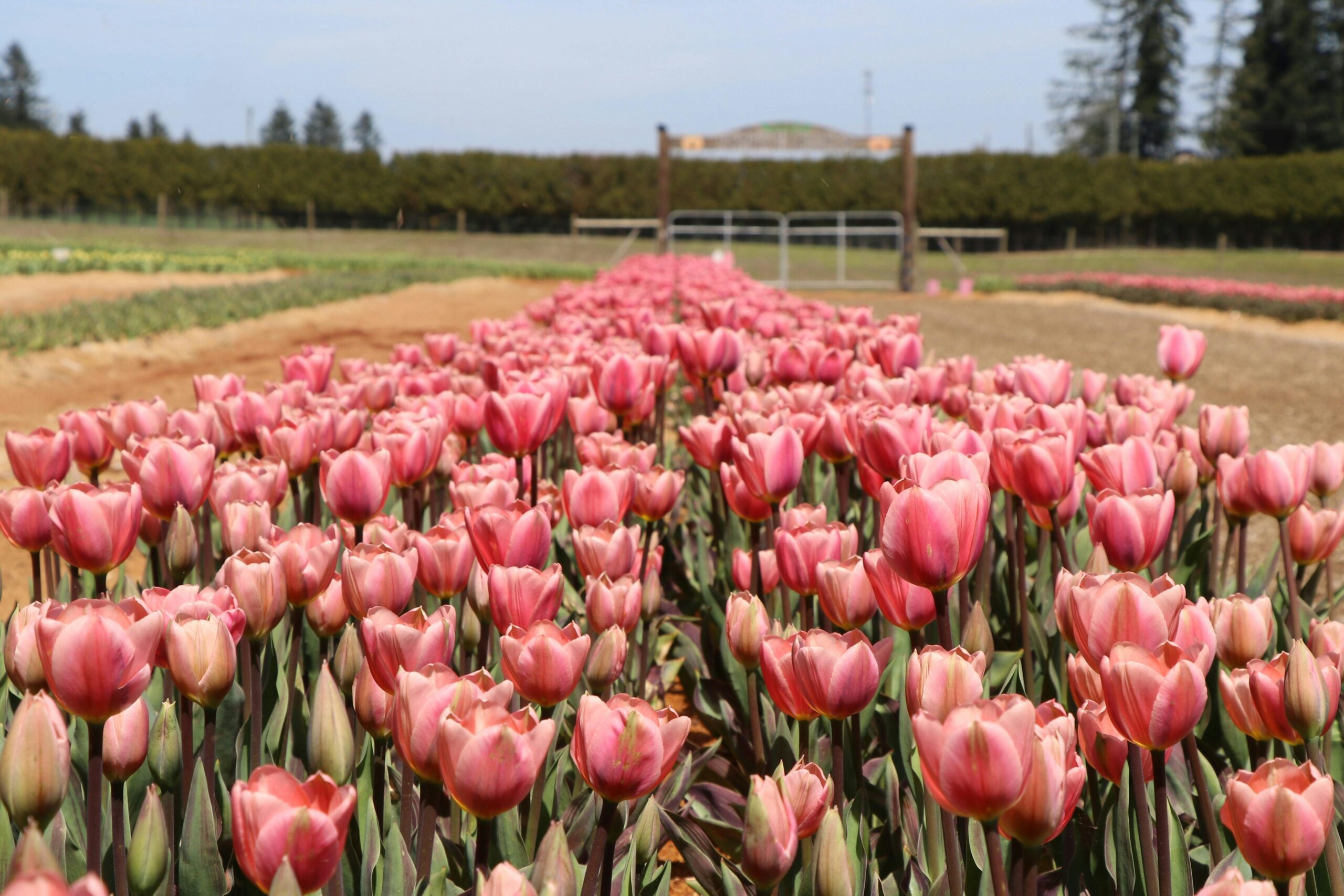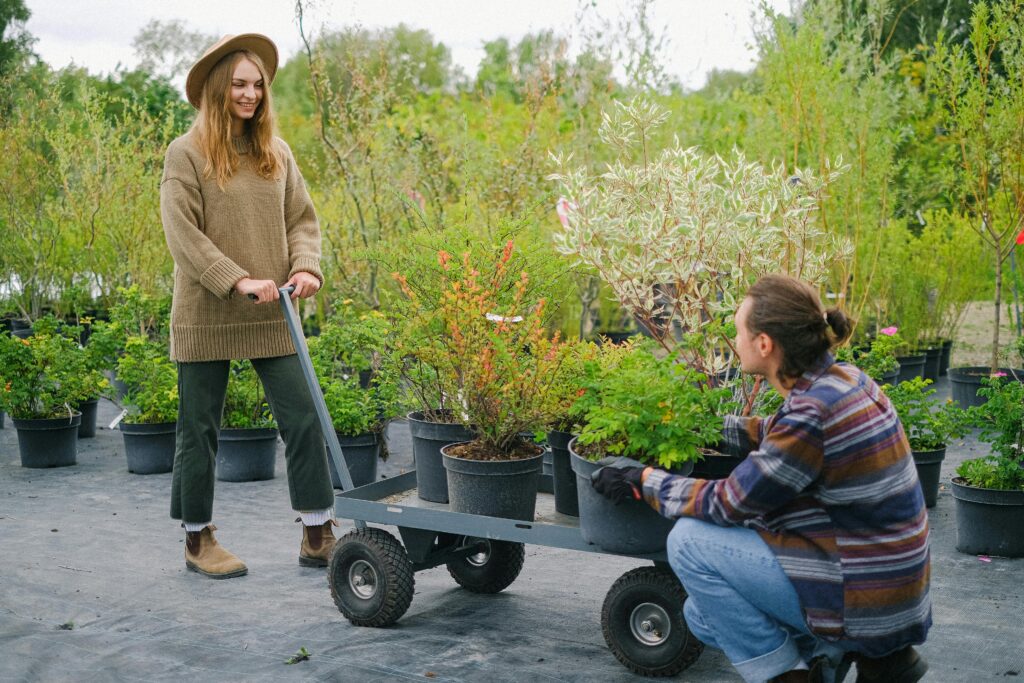
Have you ever wondered why some gardeners seem to effortlessly grow thriving plants while others struggle to keep anything alive? The secret may lie in the often overlooked practices of garden alignment and planting. In this article, we will delve into the fascinating world of how aligning your garden properly and strategic planting can make a world of difference in the health and yield of your plants.
Throughout this piece, we will explore the importance of aligning your garden beds to maximize sunlight exposure, optimize water distribution, and promote better airflow. Additionally, we will discuss the benefits of strategic planting, including companion planting to deter pests, enhance nutrient uptake, and boost overall plant growth.
By the end of this article, you will have a comprehensive understanding of how to harness the power of alignment and planting techniques to cultivate a flourishing garden. Get ready to elevate your gardening game and enjoy a bountiful harvest like never before!
Understanding the Importance of Garden Alignment and Planting
When it comes to gardening, one crucial aspect that often gets overlooked is the importance of proper alignment and planting. Many gardeners focus solely on choosing the right plants and maintaining them, forgetting that the layout and arrangement of a garden can significantly impact its overall success. In this article, we will delve into the significance of garden alignment and planting and explore the numerous benefits they can bring to your outdoor space.
Why is Garden Alignment and Planting Important?
Garden alignment refers to the strategic positioning of plants, trees, and structures within a garden space. By carefully planning the layout of your garden, you can create a harmonious and visually appealing environment that optimizes sunlight exposure, airflow, and water distribution. Proper alignment can also help enhance the overall aesthetics of your garden, making it a more inviting and enjoyable space to spend time in.
On the other hand, planting plays a crucial role in determining the growth and development of your garden. By selecting the right plants for your climate and soil conditions and planting them in the appropriate locations, you can promote healthy growth, improve pollination, and prevent diseases and pests from taking over. Proper planting techniques also ensure that your garden remains well-organized and easy to maintain.

The Benefits of Garden Alignment and Planting
1. Improved Growth and Productivity: By aligning your garden properly and planting strategically, you can create an environment where plants thrive and flourish. This can lead to increased yields, healthier plants, and a more bountiful harvest.
2. Enhanced Aesthetics: A well-aligned and carefully planted garden can significantly enhance the visual appeal of your outdoor space. By creating balanced and visually pleasing arrangements, you can turn your garden into a beautiful and tranquil sanctuary.
3. Better Resource Utilization: Proper garden alignment and planting can help you make the most of available resources such as sunlight, water, and nutrients. By optimizing these factors, you can reduce waste and improve the efficiency of your gardening efforts.
Success Story: The Impact of Proper Alignment and Planting
Take, for example, the case of Sarah, a passionate gardener who transformed her backyard into a thriving oasis by focusing on garden alignment and planting. By carefully planning the layout of her garden beds, Sarah was able to maximize sunlight exposure for her vegetables, leading to a bountiful harvest each season. Additionally, she paid close attention to plant placement and spacing, which helped her prevent overcrowding and competition for resources among her plants. As a result, Sarah’s garden not only became a visual delight but also a productive and sustainable source of fresh produce for her family.
In conclusion, garden alignment and planting play a crucial role in the success of your garden. By understanding the importance of these aspects and implementing them effectively, you can create a beautiful, productive, and sustainable outdoor space that brings joy and tranquility to your life
How to Apply Alignment and Planting in Your Garden Step by Step
Content: 1. Plan Your Garden Layout:
– Determine the size and shape of your garden beds.
– Consider the sunlight exposure and soil quality in different areas of your garden.
– Choose the types of plants you want to grow and their spacing requirements.
– Sketch out a rough plan of where each plant will be placed.
2. Prepare the Soil:
– Clear the area of any weeds, rocks, or debris.
– Use a shovel or garden fork to loosen the soil and incorporate organic matter like compost.
– Test the soil pH and make any necessary adjustments.
– Level the soil surface and create rows or mounds for planting.
3. Align Your Plants:
– Use a string or garden stakes to create straight rows for planting.
– Measure and mark the spacing between plants according to your garden plan.
– Consider companion planting to maximize space and improve plant health.
– Follow planting guidelines for each type of plant to ensure proper alignment.
4. Plant Your Garden:
– Dig holes for each plant that are slightly larger than the root ball.
– Place the plants in the holes at the correct depth and backfill with soil.
– Water the newly planted garden thoroughly to help establish roots.
– Mulch around the plants to retain moisture and prevent weeds.
5. Maintain Your Garden Alignment:
– Regularly check the alignment of your plants to ensure they are growing as planned.
– Keep an eye out for any signs of overcrowding or plant diseases.
– Water, fertilize, and prune your garden as needed to promote healthy growth.
– Make adjustments to the alignment or layout of your garden as necessary to optimize plant health and productivity.
By following these steps for aligning and planting in your garden, you can create a well-organized and thriving outdoor space that will be a joy to behold throughout the growing season.
Sure, here is a list of tips on “Alignment and Planting in Your Garden”:
✅ Choose the right location: Make sure to select a spot in your garden that receives the appropriate amount of sunlight for the plants you want to grow.
❌ Avoid planting too close together: Give your plants enough space to grow and thrive by following the recommended distance between each type of plant.
💡 Extra tip: Use a garden planner tool to map out the alignment of your plants and ensure optimal growth and aesthetics in your garden.
✅ Prepare the soil properly: Before planting, make sure to properly prepare the soil by adding compost or fertilizer to provide essential nutrients for your plants.
❌ Avoid planting in areas with poor drainage: Choose well-draining areas in your garden to prevent waterlogging, which can lead to root rot and other issues.
💡 Extra tip: Test your soil pH levels and adjust them accordingly to create the ideal growing conditions for your plants.
✅ Consider companion planting: Planting complementary plants together can help improve growth, prevent pests, and enhance the overall health of your garden.
❌ Avoid planting invasive species: Research the plants you want to grow to ensure they are not invasive and won\’t take over your garden.
💡 Extra tip: Rotate your crops each season to prevent nutrient depletion and reduce the risk of disease buildup in the soil.
Remember to apply these tips to achieve a beautifully aligned and thriving garden that will be the envy of your neighbors!
Key Concepts
When it comes to creating a beautiful and thriving garden, two essential concepts that every gardener should understand are alignment and planting. These concepts are fundamental to the success of your garden and can have a significant impact on the health and growth of your plants. In this section, we will delve deeper into the meaning and importance of alignment and planting in your garden.
Alignment
In the world of gardening, alignment refers to the positioning of your plants in relation to various factors such as sunlight, wind, and spacing between plants. Proper alignment is crucial for ensuring that your plants receive the necessary resources for optimal growth and development.
1. Sunlight: One of the most critical factors to consider when aligning your plants is sunlight. Different plants have varying sunlight requirements, with some needing full sun exposure, while others thrive in partial shade. By aligning your plants according to their sunlight needs, you can ensure that each plant receives the amount of sunlight required for photosynthesis and overall health.
2. Wind: Another important consideration for alignment is wind exposure. Some plants are more delicate and can be easily damaged by strong winds, while others are more resilient. By aligning your plants strategically, you can create windbreaks using taller plants to protect more fragile ones, minimizing the risk of damage.
3. Spacing: Proper spacing between plants is essential for allowing each plant to access the necessary nutrients, water, and sunlight without competition. By aligning your plants with adequate spacing, you can prevent overcrowding, reduce the risk of disease spread, and promote healthy growth.
Planting
Planting is the act of placing seeds or seedlings into the ground with the intention of growing them into mature plants. While planting may seem like a simple task, there are several key factors to consider to ensure successful growth and productivity in your garden.
1. Depth: The depth at which you plant your seeds or seedlings can significantly impact their growth and development. Different plants require different planting depths, with some needing to be planted shallowly and others requiring deeper planting. By understanding the planting depth requirements of each plant, you can provide them with the optimal conditions for root development.
2. Spacing: Just like alignment, spacing between plants is crucial for planting success. Proper spacing allows each plant to access the necessary resources without competing with neighboring plants. Additionally, adequate spacing promotes air circulation, reducing the risk of disease and pest infestations.
3. Mulching: Mulching is a common practice in gardening that involves covering the soil around plants with a layer of organic material such as straw, leaves, or wood chips. Mulching helps retain moisture in the soil, regulate soil temperature, suppress weed growth, and improve overall soil health. By incorporating mulching into your planting routine, you can provide your plants with a protective and nutrient-rich environment for optimal growth.
In conclusion, alignment and planting are two essential concepts that play a significant role in the success of your garden. By understanding and implementing proper alignment techniques and planting practices, you can create a thriving and beautiful garden that will delight you year after year.
🌱 Frequently Asked Questions (FAQs) about Garden Alignment and Seeding 🌱
What is the importance of aligning my garden before seeding? Aligning your garden properly before seeding helps ensure proper spacing, optimal sunlight exposure, and efficient use of water and nutrients for healthy plant growth.
Is there a specific time of the year when garden alignment and seeding should be done? Ideally, garden alignment and seeding should be done in the early spring or fall when the soil is not too wet or dry, and temperatures are moderate for seed germination.
How do I align my garden for seeding? To align your garden for seeding, start by removing any weeds or debris, tilling the soil to a depth of 6-8 inches, and leveling the surface with a rake. Use stakes and strings for straight rows and proper spacing.
What are some common mistakes to avoid when aligning and seeding a garden? Some common mistakes to avoid when aligning and seeding a garden include overcrowding plants, planting seeds too deep, neglecting watering, and not adjusting alignment for sunlight patterns.
How long does it take to see results after aligning and seeding my garden? The time it takes to see results after aligning and seeding your garden can vary depending on the type of plants, soil quality, weather conditions, and care provided. Generally, you can expect to see seedlings emerging within 1-3 weeks.
